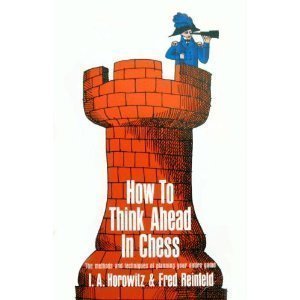What do you think?
Rate this book


Paperback
First published July 15, 1971
In 1927, when Frank Marshall was preparing to sail for London to play in an international master tournament, he approached friends with the half-comic, half-plaintive query: "What defense shall I play against 1 P--Q4 ... ?" If one of the greatest players in the history of this game felt this way after thirty years, what are we mortals to say?
The fact is that finding a defense against 1 P--Q4 is no laughing matter! Most of us have been brought up on 1 P--K4, and we find something uncongenial in the lines of play which eveolve from 1 P--Q4.